Growing along with the land: Piyush Labhsetwar joins Grow Food Northamton as new farm and land stewardship manager
| Published: 03-21-2024 2:08 PM |
Visiting his great-uncle’s farm in central India was a “magical experience” for Piyush Labhsetwar, Grow Food Northampton’s new farm and land stewardship manager. He relishes memories of picking ripe mangoes and oranges, drinking fresh cow’s milk, and enjoying family picnics by a large open well. At the same time, in the city where he grew up, “there was a taboo against growing your own food,” he says. “It meant that you hadn’t left village life. People who grew their own food were seen as backward.”
Trying to stay close to his love of biology, Piyush studied biotechnology as an undergraduate in India. Graduate school brought Piyush to the University of Illinois at Urbana-Champaign to study biophysics. While there, he was introduced by a friend to Randolph Street Community Garden, from which everyone in the community is invited to harvest food. In the community garden, stewarded by Dawn Blackman, an African American pastor, Piyush witnessed firsthand the impact of addressing food apartheid in that neighborhood. Participating in the garden enabled him to finally reject the childhood taboo against growing food. “That was the beginning of healing my relationship with the land. I saw how gardening can be a powerful force for social change.”
Piyush then moved to Kansas to work with The Land Institute on developing perennial grain crops, like Kernza, a perennial relative of wheat that he has now planted in his research plot on Grow Food Northampton’s Community Farm. Kernza is a deep-rooted grain that improves soil structure and fertility, fixes carbon, and eliminates the need for annual tilling and seeding.
At Grow Food Northampton, Piyush is growing Kernza among a small grove of pawpaw trees to see how effectively both plants grow together. “I chose to plant pawpaws because they are the largest edible fruit indigenous to North America and have a wonderful tropical taste. People aren’t as familiar with it because it was largely ignored by settlers as it doesn’t ship well.” Both crops survived last season’s flooding of the Grow Food Northampton Community Farm.
“What I learned from my work in regenerative agriculture is that the social, political and economic factors are as important as ecological factors on the farm,” Piyush notes. As farm and land stewardship manager, he gets to work on agriculture with farmers and community gardeners on the Grow Food Northampton Community Farm in all of these ways.
Walking through Grow Food Northampton’s Organic Community Garden and farms reveals many of the challenges — and opportunities — for the new farm and land stewardship manager. Damage from last year’s floods remains evident, along with persistent moisture from a warm, wet winter. There are invasive plants, a large riparian zone along the Mill River that awaits stabilization with native trees and shrubs, and some perennially wet zones, along with all the human infrastructure that needs tending to.
“Grow Food Northampton is creating opportunities for the community to make agro ecological interventions on the land and heal our tarnished relationship with the land. I hope to create space for art, science, and stories to reconnect with the land,” Piyush said. “There is a slow way of doing things that isn’t about a quick fix or an immediate solution. We need to listen to the land and see it as our teacher.”
He notes, for instance, that in pre-colonial times, trees dominated this western Massachusetts landscape, so learning to grow our row crops among trees makes sense. “We are not here to control the land, nor to impose our ideas on the land, but to see how the land wants to grow. We humans are just one part of the process. I want to continue to build community among the farmers and gardeners on Grow Food Northampton’s Community Farm, along with the land, and engage the larger community in our learning, and the land in our stewardship.”
Article continues after...
Yesterday's Most Read Articles
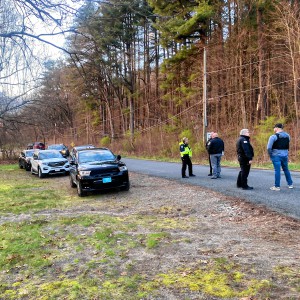 Police report details grisly crime scene in Greenfield
Police report details grisly crime scene in Greenfield
 Super defers Amherst middle school principal pick to successor; one finalist says decision is retaliation for lawsuit
Super defers Amherst middle school principal pick to successor; one finalist says decision is retaliation for lawsuit
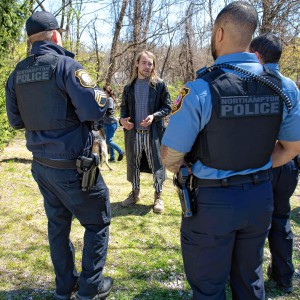 Homeless camp in Northampton ordered to disperse
Homeless camp in Northampton ordered to disperse
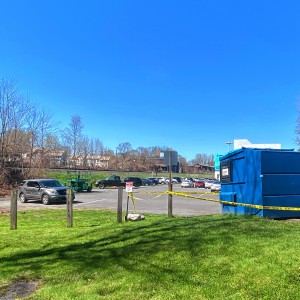 Authorities ID victim in Greenfield slaying
Authorities ID victim in Greenfield slaying
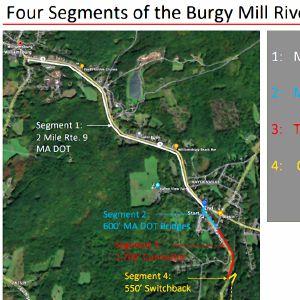 Haydenville residents resist Greenway trail plan, float alternative design
Haydenville residents resist Greenway trail plan, float alternative design
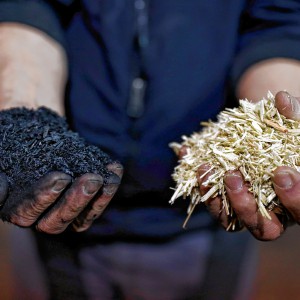 Locking up carbon for good: Easthampton inventor’s CO2 removal system turns biomass into biochar
Locking up carbon for good: Easthampton inventor’s CO2 removal system turns biomass into biochar
Pat James is manager of the Grow Food Northampton Organic Community Garden.

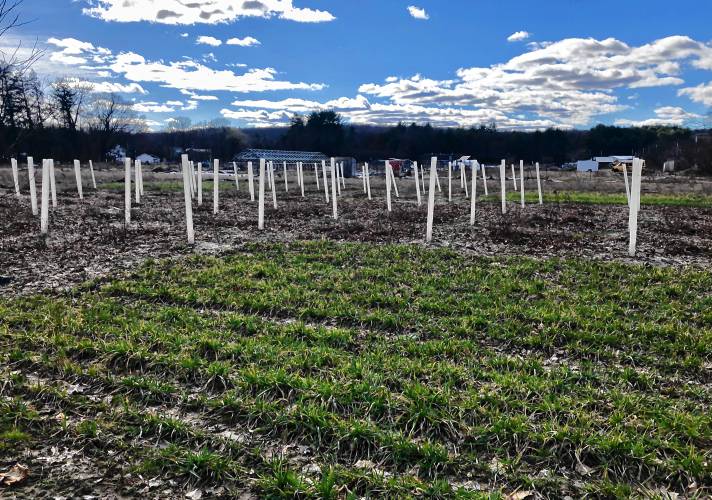
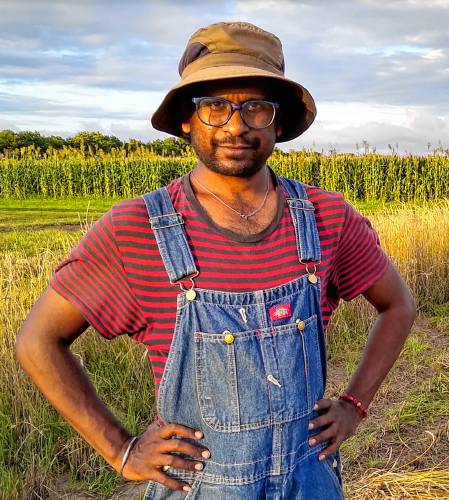
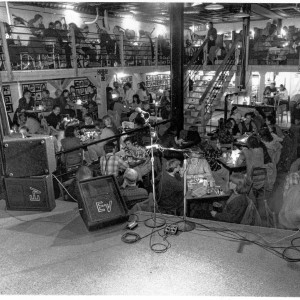 The Iron Horse rides again: The storied Northampton club will reopen at last, May 15
The Iron Horse rides again: The storied Northampton club will reopen at last, May 15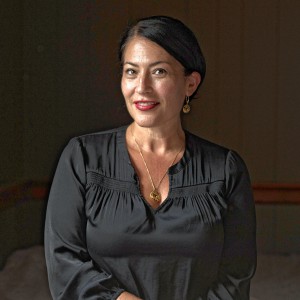 The power of poetry: U.S. Poet Laureate Ada Limón to speak at Smith College
The power of poetry: U.S. Poet Laureate Ada Limón to speak at Smith College Upon Nancy’s Floor: 33 Hawley event celebrates iconic dancers, history, and a new dance floor
Upon Nancy’s Floor: 33 Hawley event celebrates iconic dancers, history, and a new dance floor Embracing both new and old: Da Camera Singers celebrates 50 years in the best way they know how
Embracing both new and old: Da Camera Singers celebrates 50 years in the best way they know how
